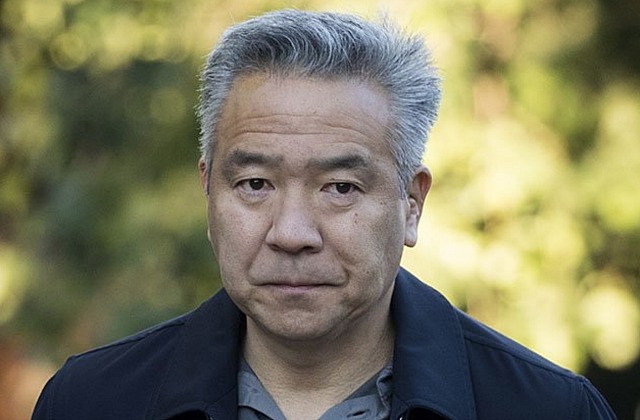Triple Frontier, you’ll recall, is about five commando types robbing tens of millions from a South American drug dealer. I wrote…hell, everyone wrote that it doesn’t pay off until the second half, which is when things start to go badly and it becomes a grueling ordeal mixed with a Treasure of Sierre Madre-like parable about greed. That’s the all of it, the point of it — how greed leads to death and self-destruction.
In short without the second half Triple Frontier isn’t much — a sturdy if unexceptional heist film.
Manohla Dargis‘s N.Y. Times review doesn’t even allude to the second half. She describes the basic situation, the characters, the opening gun battle in a city in “South Americaville,” the reluctant process by which the five thieves (Oscar Isaac, Ben Affleck, Charlie Hunnam, Garrett Hedlund, Pedro Pascal) agree to take part in the robbery, the dense and humid jungle atmosphere, etc.
But she doesn’t even cast a sidewqys glance at how it all pays off. She doesn’t even say “the story takes a downward turn later on,” etc. She was so unimpressed that she ignored the basic story strategy.
There’s a moment during the second half that I’ll never forget — when a section of a winding mountain path gives way and a donkey, loaded down with bags of loot, goes tumbling down a steep grade with the currency floating in the air and scattered to the four winds. I’ll never forget this scene for the rest of my life.
Does Triple Frontier stand up to the famous Howard Hawks standard — “three great scenes and no bad ones”? Perhaps not, but it has at least two great scenes (the chopper crash and the donkey), and that’s something.





